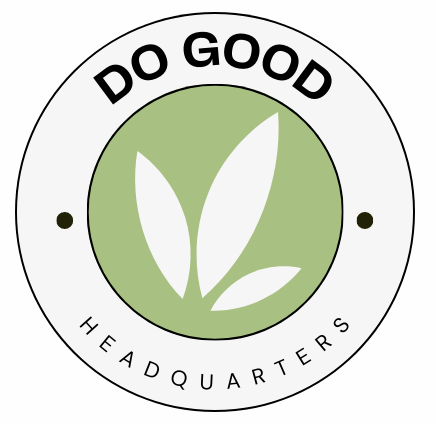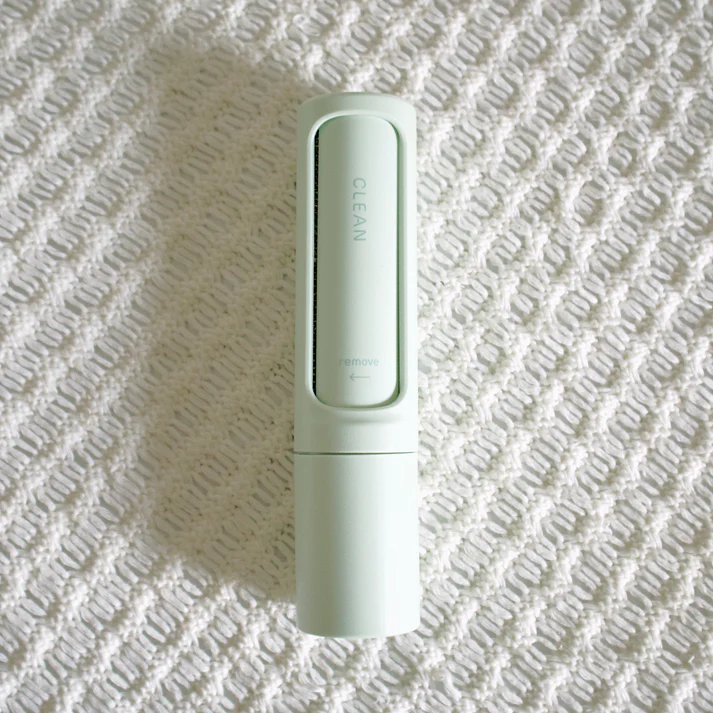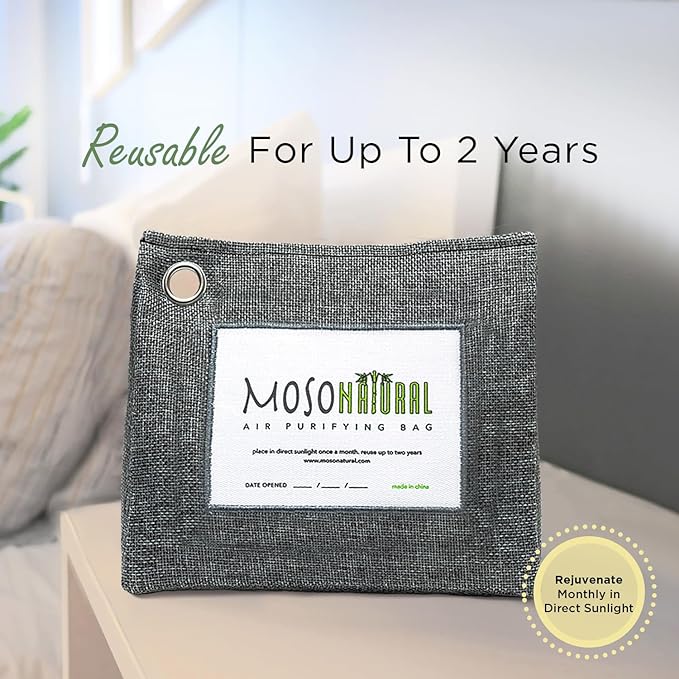Decluttering Checklist: Keep What Matters, Let Go of the Rest
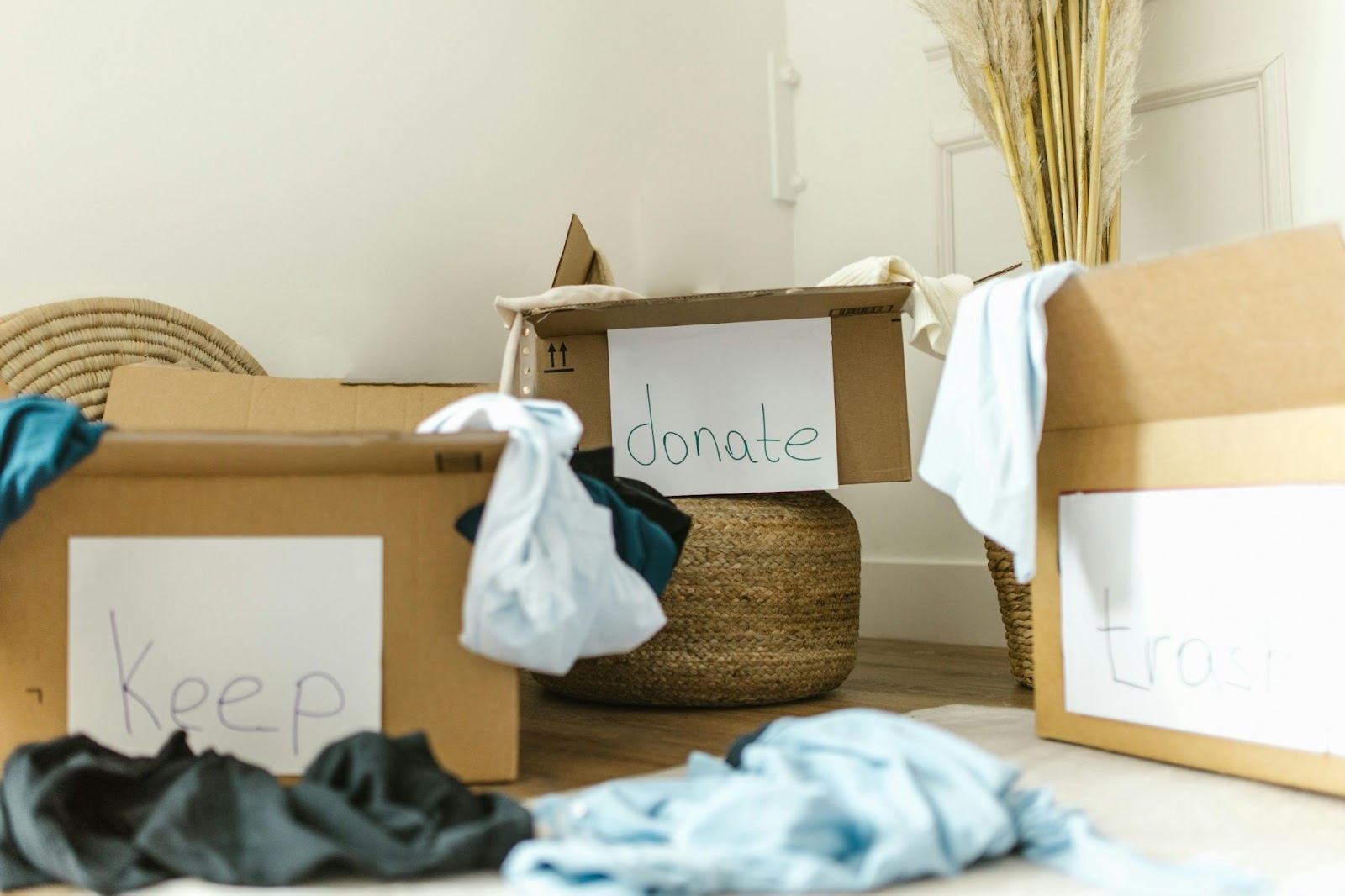
Imagine this: You walk into a clean home, take a deep breath, and sigh with relief—no piles of mail and random files, no overflowing closets, no junk drawer filled with who-knows-what. An organized, sustainable home begins with intention. But we all know how easy it is to be attached to trinkets we find or old memorabilia.
As the KonMari method conveys, we should only have items that “spark joy.” Slow living teaches us to surround ourselves with things that truly matter to us and embrace them. So, how can we practice living slowly in our homes?
A lifestyle shift doesn’t happen overnight, but we can start with discarding things that don’t serve us anymore. By decluttering, you can reclaim your space, reduce stress, and make room for things that truly matter. Here’s our guide to making a decluttering checklist to make your space feel more intentional and sustainable.
What to Do Before You Declutter
Before diving into decluttering, take a few moments to prepare. A little planning can go a long way in making the process smooth and effective.
Quick Tips
When making a “declutter your home checklist”, it’s vital to be intentional about what you’re getting into. To maximize your time and energy, we recommend the following:
- Create a Coding System: Take some boxes or bags and label them according to each outcome for an item. Have a designated container for donating, gifting, recycling, selling, or whatever you desire. Then, use your coding system to list what you’ll do with your things as you work down your checklist.
- Set a Goal: Whether you want to create more space or embrace a minimalist lifestyle, knowing your “why” can keep you motivated. It’s important to start small. Maybe today, in your decluttering checklist, you’ll start with your bedroom and closet, and the next day, you’ll tackle your kitchen and living space.
- Set a Timer: Try working in short bursts to stay focused without burning yourself out. For example, you can clean for half an hour and then take a well-deserved break before diving into your decluttering checklist again.
Decluttering is easier when you have a system in place, so set yourself up for success before you begin!
Get Started With Room-by-Room Decluttering Checklists
Now that you’re ready, let’s break things down by room. Use this declutter checklist to decide what stays and what goes.
Bathroom Decluttering Checklist
- Any expired products like makeup, skin-care, or medications
- Worn-out towels and washcloths
- Loofahs, razors, or toothbrushes older than three months
- Empty or almost-empty bottles
- Old or broken hair tools like blowdryers or curling irons
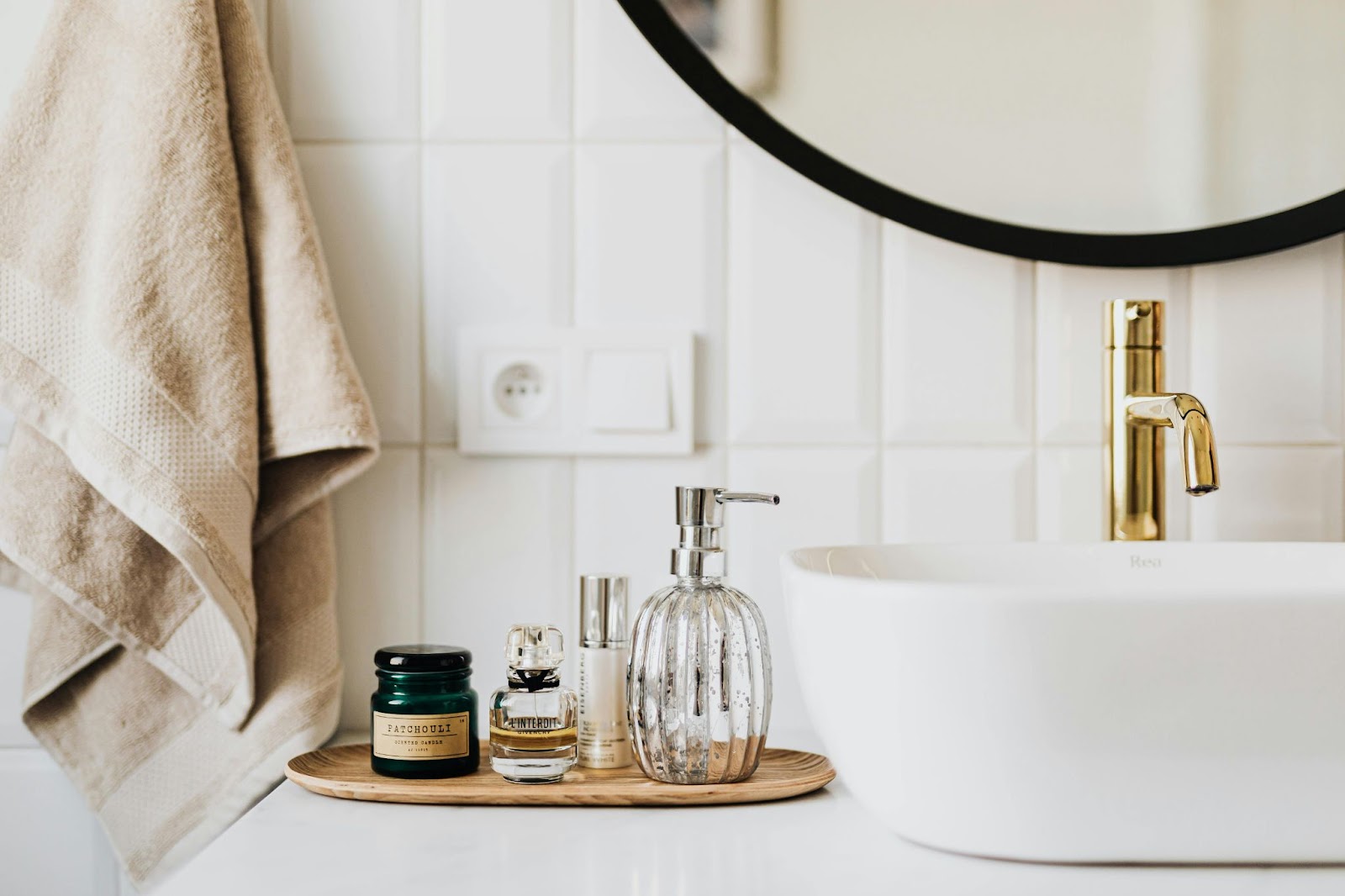
Image via Kaboompics on Pexels
Bedroom Decluttering Checklist
- Old or unused pillows
- Excess bedsheets, blankets, or pillowcases
- Broken or outdated decor items
- Books you’ve read or don’t plan on reading
- Random trinkets collecting dust
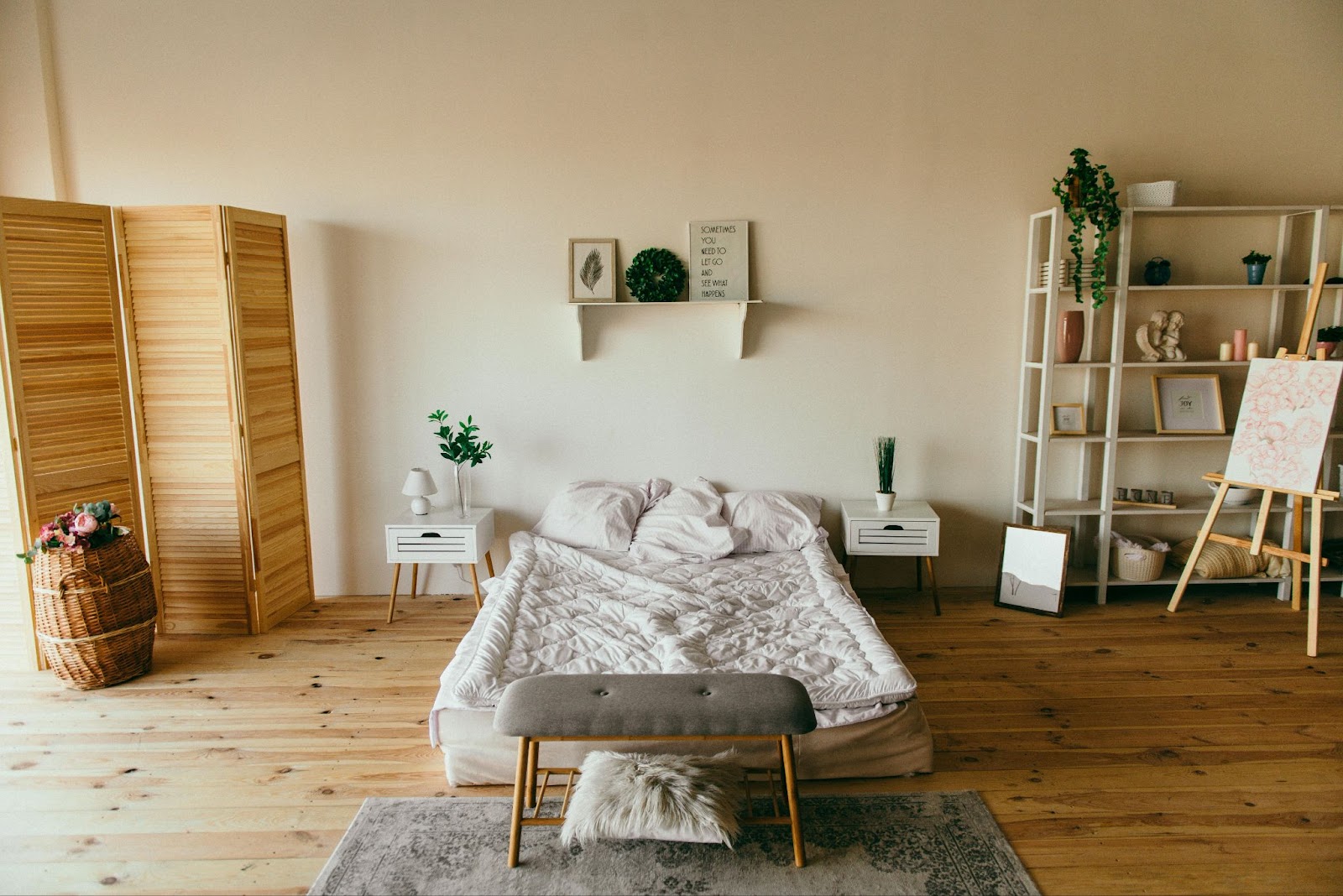
Image via Dmitry Zvolskiy on Pexels
Closet Decluttering Checklist
- Clothes that don’t fit you
- Worn-out or uncomfy shoes
- Broken hangers
- Unmatched socks or those with holes
- Unworn or tarnished jewelry
- Accessories you never use
- Any clothing with missing buttons or zippers you won’t fix
- Clothing you haven’t worn in a year or at all
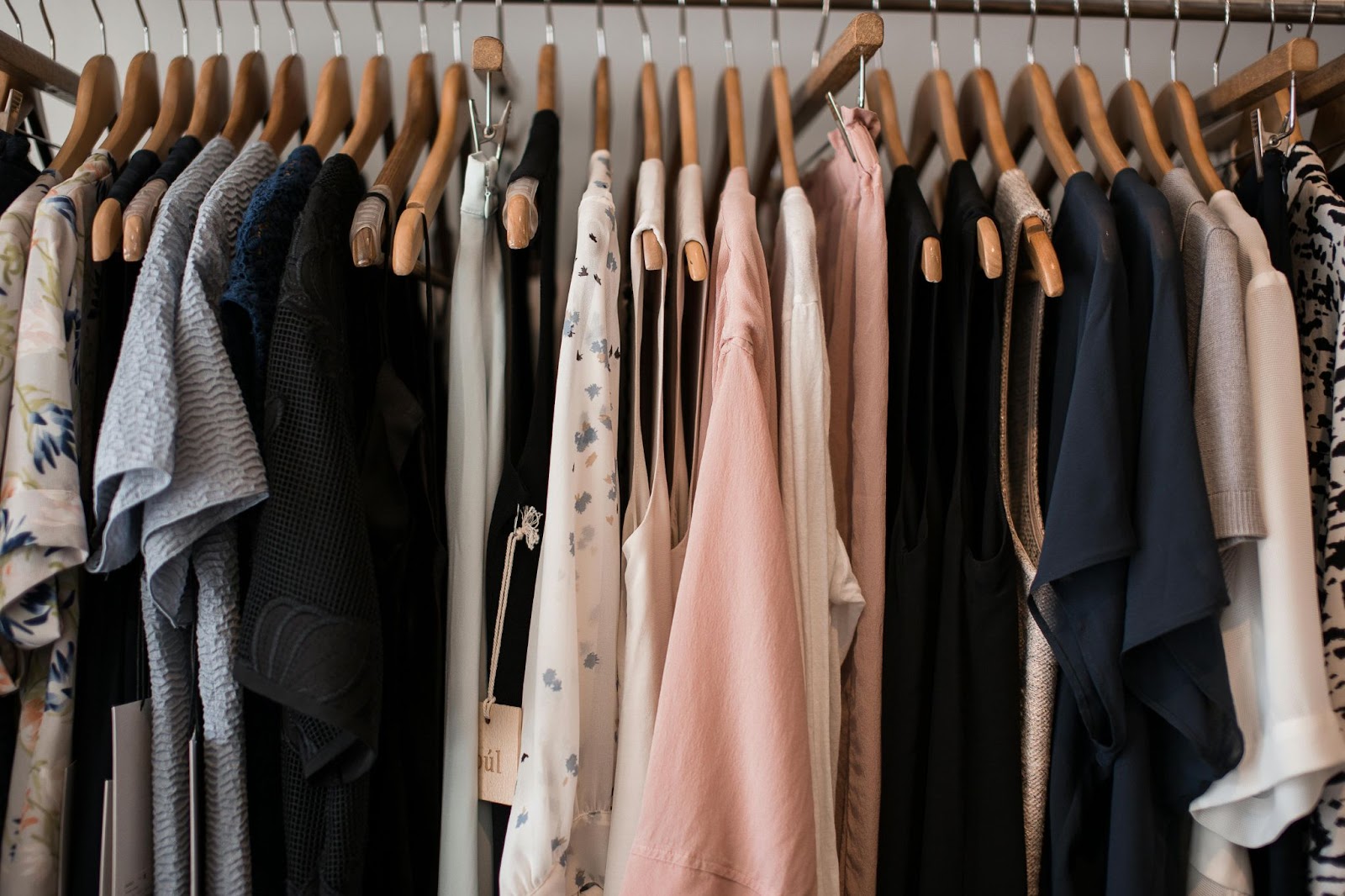
Image via Rachel Claire on Pexels
Kitchen Decluttering Checklist
- Expired spices or pantry items
- Old dish towels and sponges
- Chipped or broken dishes
- Cookbooks you never use
- Stale or freezer-burnt food items
- Mismatched food containers with missing lids
- Broken or unused baking trays, sheets, or pans
- Plastic takeout utensils, straws, or condiment packets
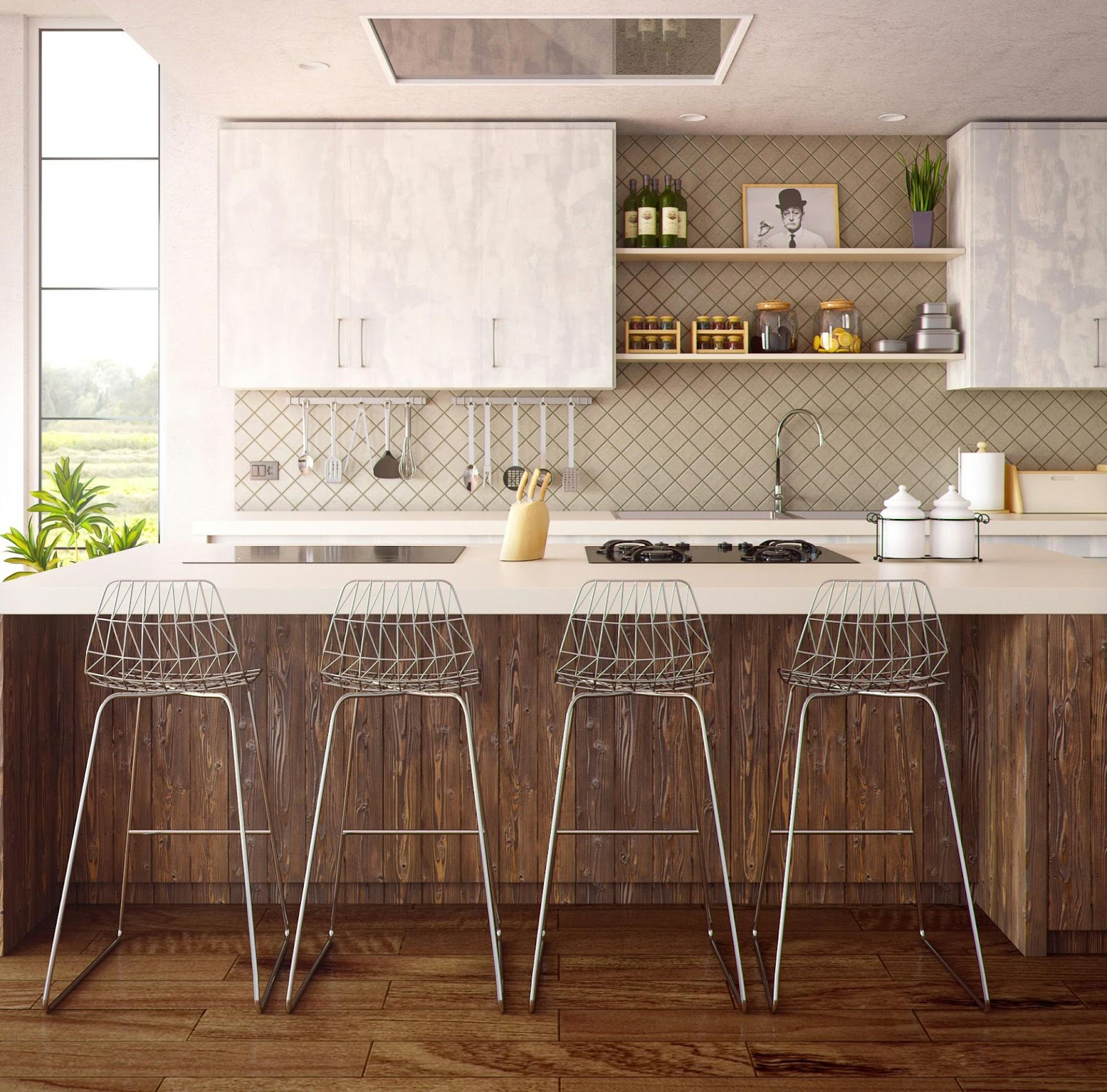
Image via Pixabay on Pexels
Home Office Decluttering Checklist
- Old paperwork, receipts, files you won’t need
- Unused or excess office supplies
- Broken pens, pencils, or markers
- Old business cards, brochures, or manuals
- Any knick-knacks cluttering your desk area
- Old or broken cords, chargers, USB drives
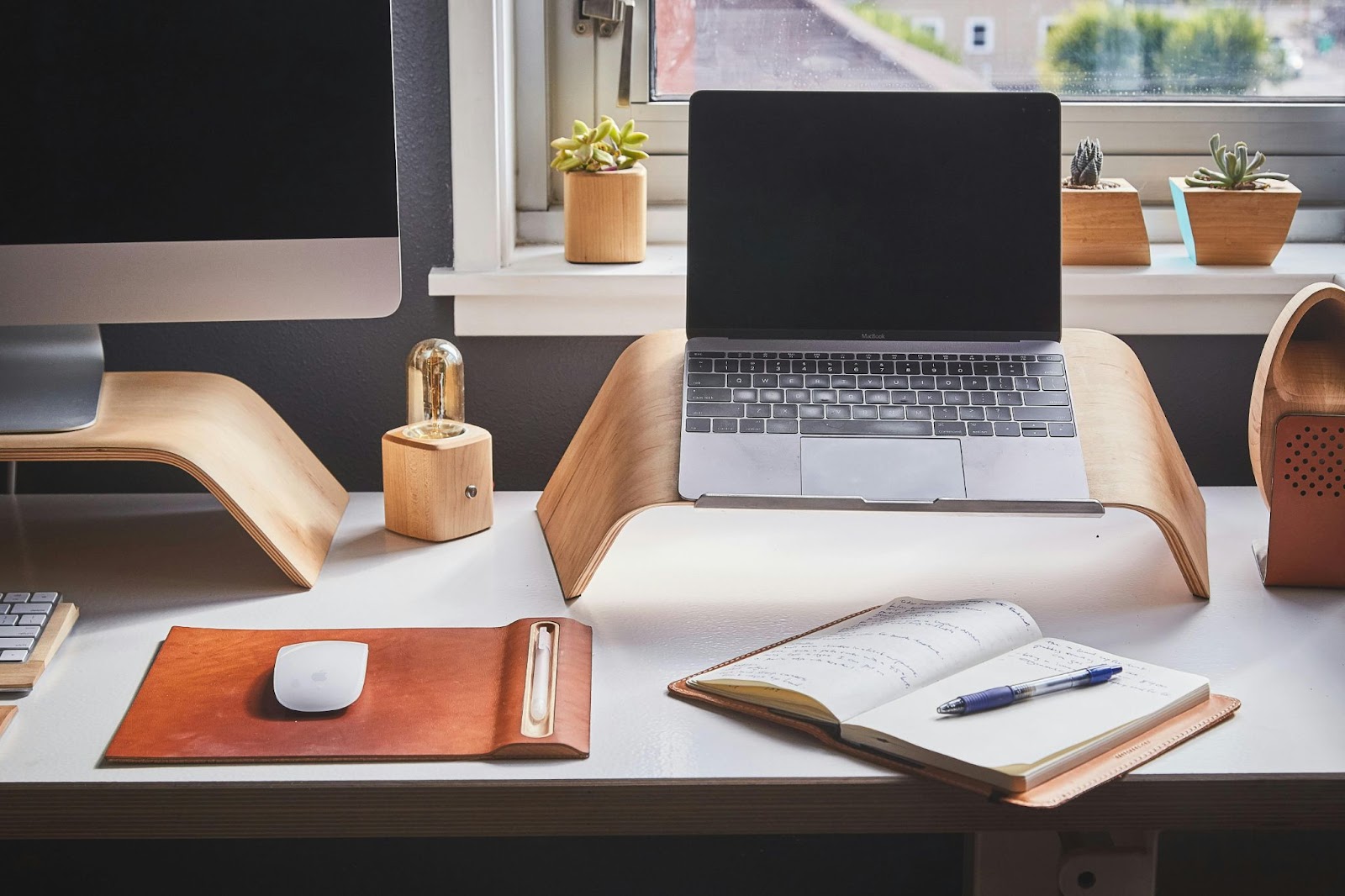
Image via Ken Tomita on Pexels
Kid’s Room Decluttering Checklist
- Clothes they’ve outgrown
- Books or toys they’ve outgrown
- Art or stationery supplies that have dried out
- Excess stuffed animals or dolls
- Old baby things they don’t need
- Old school projects and artwork
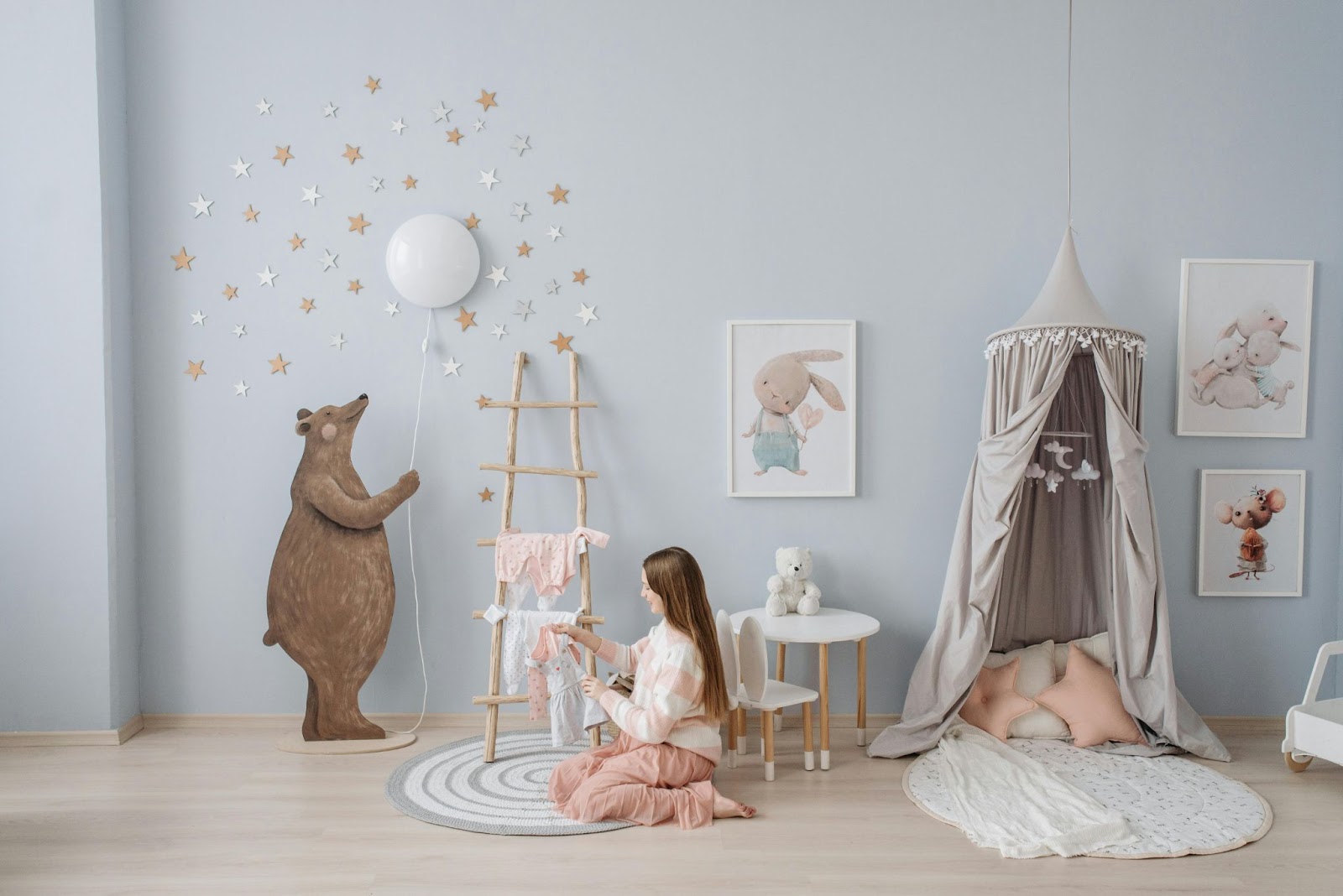
Image via Pavel Danilyuk on Pexels
General Living Space Decluttering Checklist
- Old magazines, newspapers, and mail piling up
- Random cords, chargers, or remotes
- Unused or broken furniture and decor items
- Broken or outdated electronic items
- Old DVDs, CDs, or VHS tapes you don’t use
- Old photos, greeting cards, or letters (consider digital options)
- Extra throw blankets or pillows

Image via Terry Magallanes on Pexels
What to Do After Decluttering
Now that you’ve ticked the boxes off your decluttering checklist, consider these nifty tricks to ensure your space stays organized:
- Immediately remove donation, recycling, or trash bags from your home.
- Find designated spaces for the items you’re keeping (like storage boxes or organizers), store them neatly, and label them to keep them organized.
- Add a regular mini-decluttering session to your schedule to prevent clutter from piling up again.
A clean and organized home isn’t just about tidying up–it’s about maintaining that sense of peace and order.
Finish Strong: How to Discard Items with Sustainability in Mind
Decluttering isn’t just about throwing things away. It’s about being mindful of where your things go. Instead of sending everything to a landfill, take a look at these sustainable disposal methods:
- Donate: Give gently used items to charities, shelters, or local thrift stores where they can serve a new purpose for someone else.
- Gift: If something is valuable but no longer serves you, consider giving it to a friend or family member. This way, you know it’s with someone you value.
- Upcycle: Use your creativity! Turn your old shirts into cleaning rags or repurpose any jars or containers for storage.
- Sell: Take advantage of online marketplaces or yard sales to give your items a second life while making extra cash.
The idea of a circular economy is a great system for sustainable and slow living. Rather than following the traditional cycle of “take, make, waste,” this style promotes reuse, repair, and recycling to minimize waste. By using a decluttering checklist responsibly, you’re helping keep valuable resources in use rather than adding to landfills.
Ready to Build Your Own Decluttering Checklist?
Decluttering is a journey, for sure. But, having a checklist makes it easier to stay on track. Start small, be intentional, and enjoy the benefits of a more organized, peaceful home.
More Resources for Living Sustainably & Slowly
For more information on slow, intentional living, check out these resources:
- Defining Minimalist Style (& Why it Matters)
- How Much Waste Does a Person Produce in a Lifetime?
- Best Online Thrift Stores for Sustainable Shopping
Featured image via RDNE Stock project on Pexels
